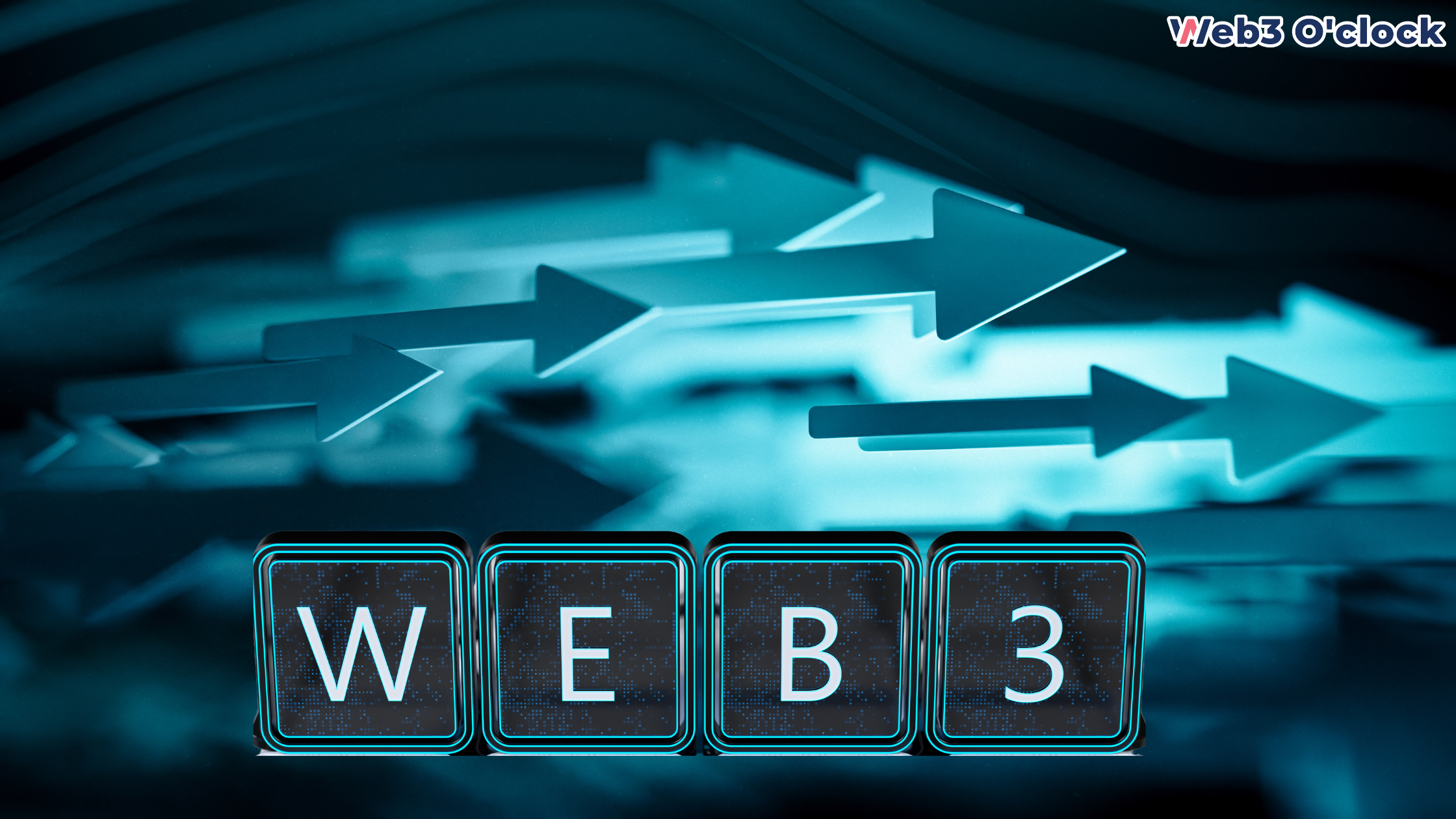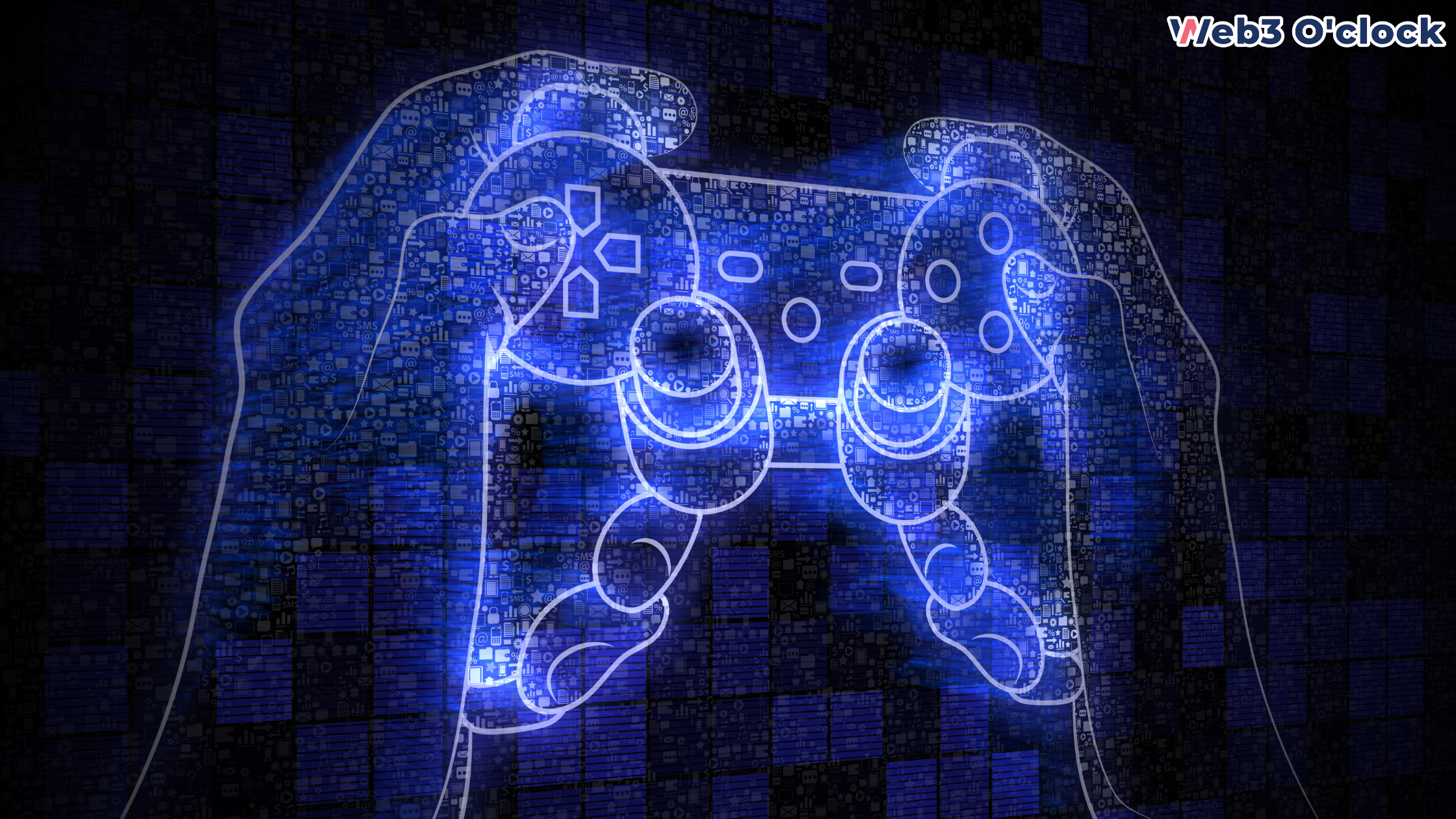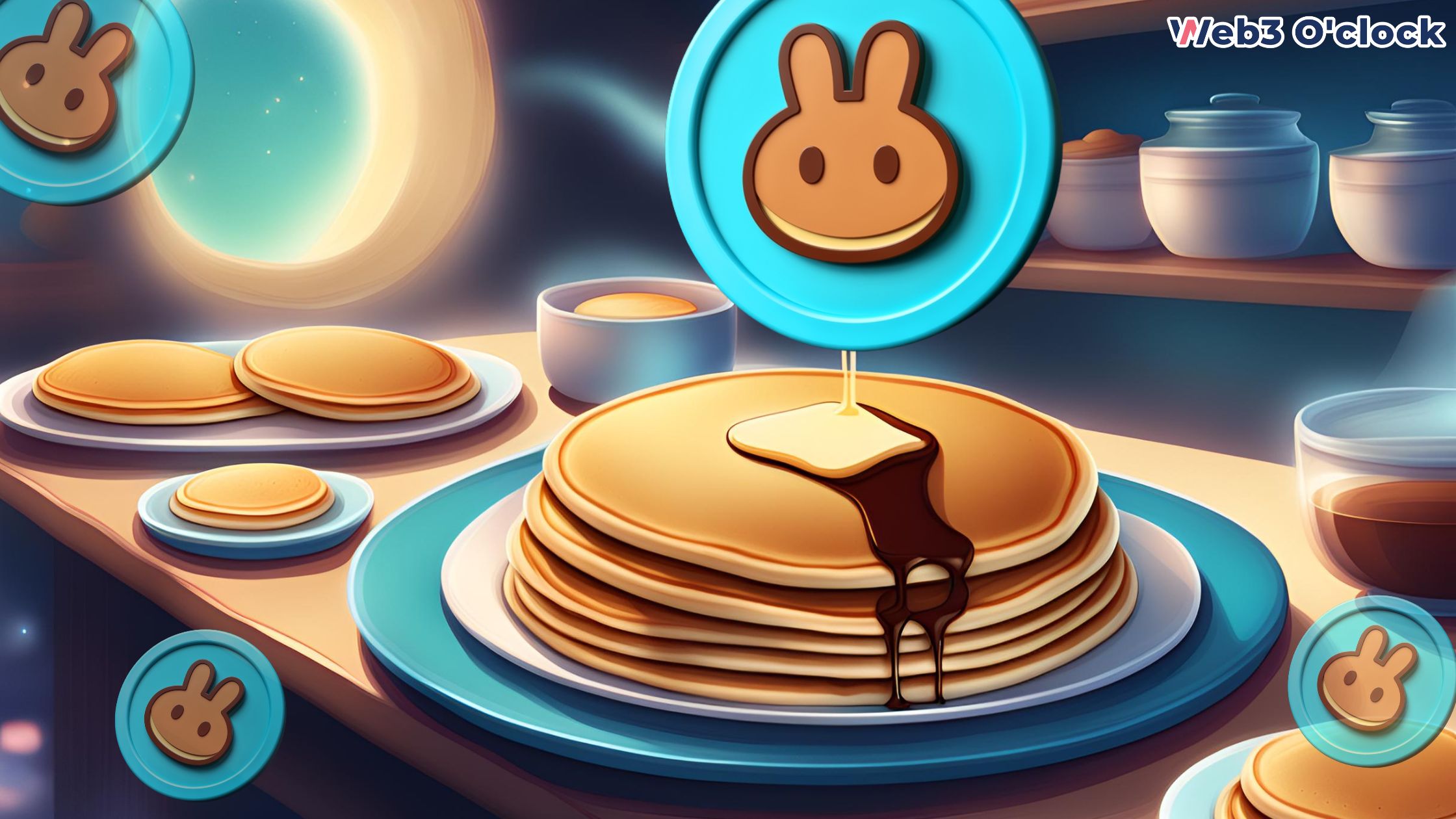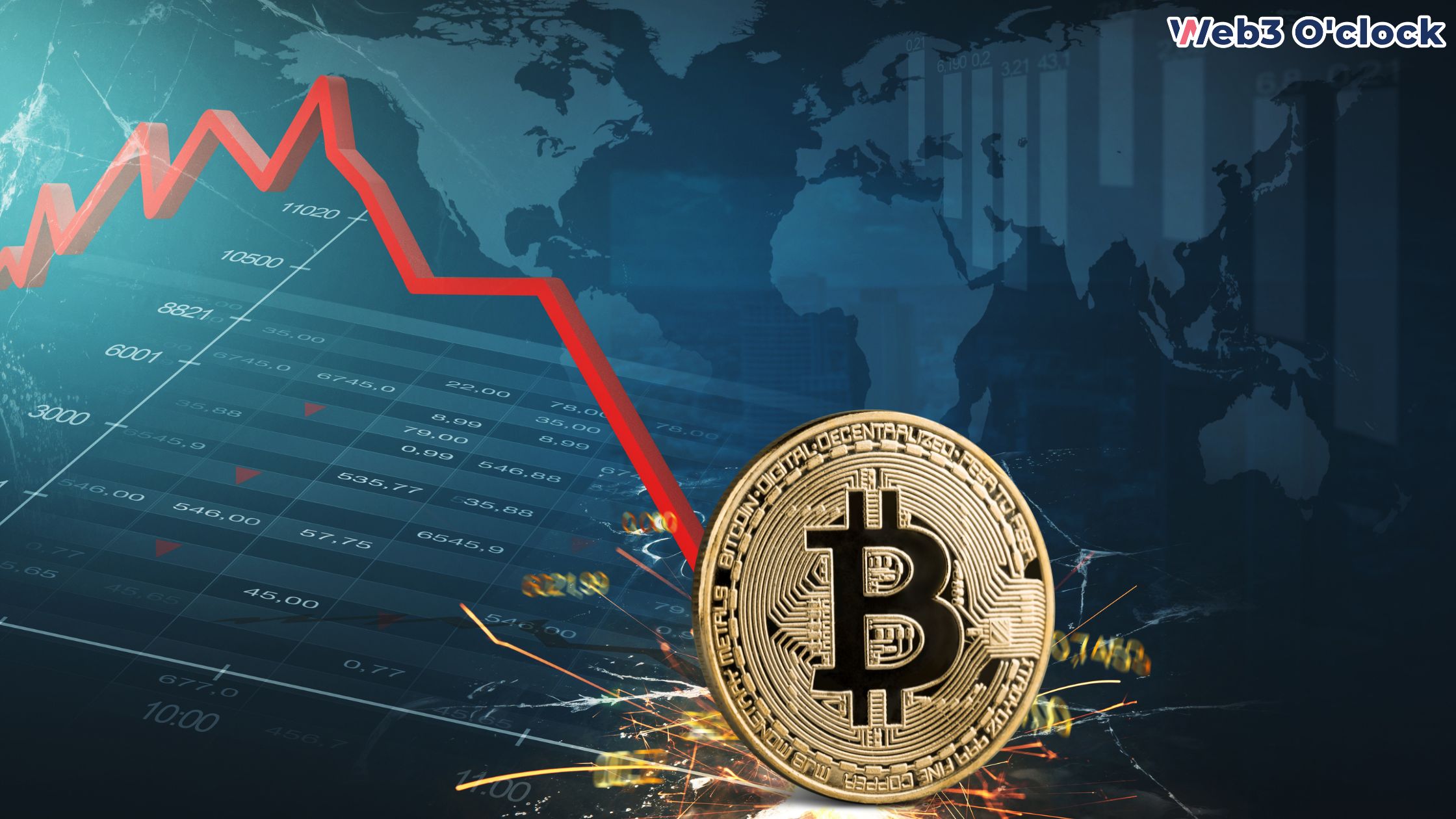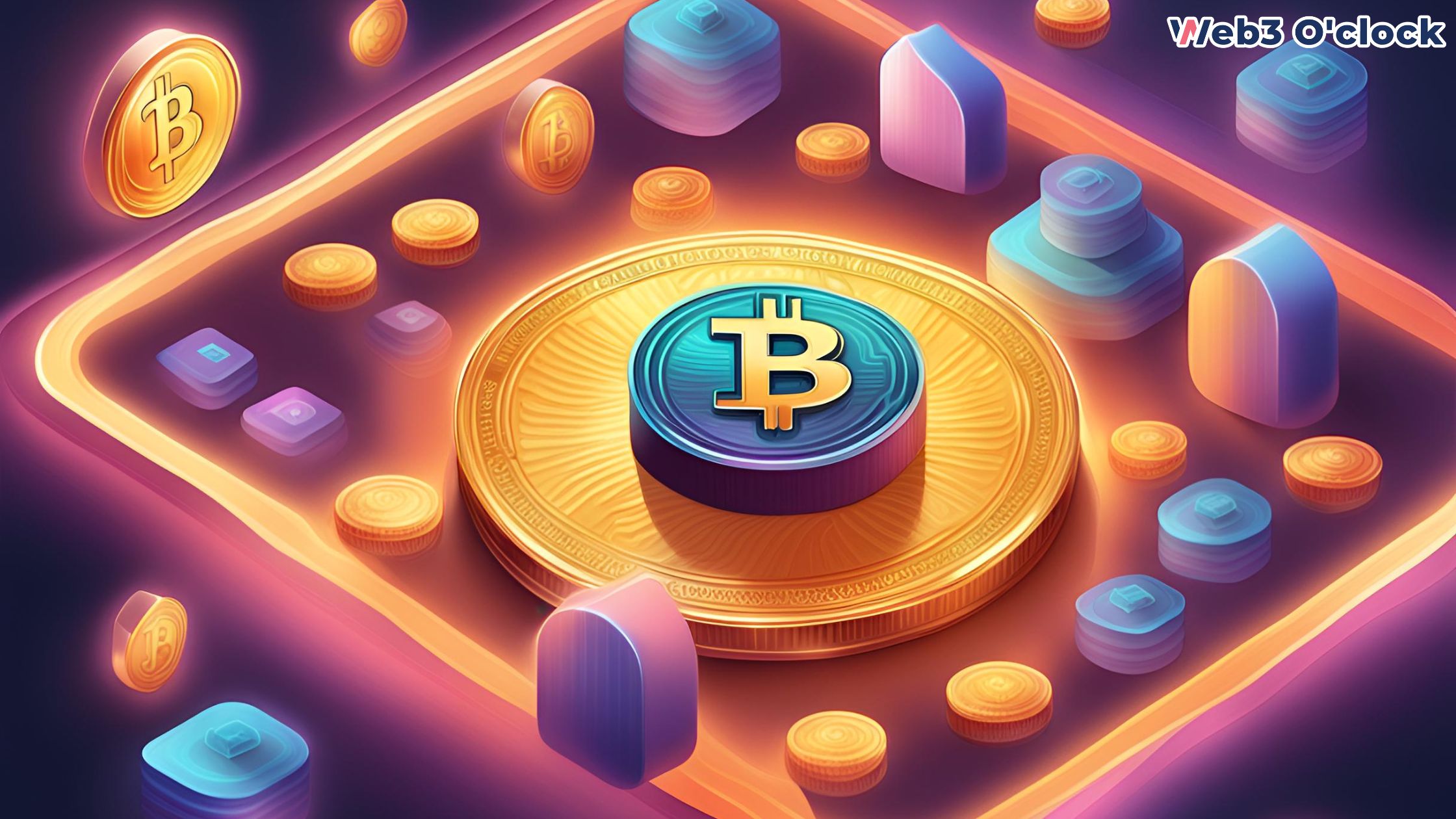If you’re interested in cryptocurrency, you may have heard about Non-Fungible Tokens (NFTs) and their recent surge in popularity. But have you heard of dynamic NFTs? These unique assets are taking the blockchain world by storm, offering even more capabilities and benefits than their static counterparts. In this article, we’ll delve into the world of dynamic NFTs, exploring what they are, how they work, and why they’re causing such a stir.
What are Dynamic NFTs?
Dynamic NFTs (Non-Fungible Tokens) are NFTs that can change or evolve over time. Unlike traditional NFTs that represent a static digital asset, Dynamic NFTs contain embedded code that can alter their properties, appearance, or behavior based on various factors such as user interactions, environmental conditions, or blockchain events.
Dynamic NFTs can be programmed to respond to different stimuli, such as changes in the market, social media trends, or real-world events. For example, an artist could create a Dynamic NFT that changes its color scheme or image depending on the weather, or a game developer could use Dynamic NFTs to represent characters that level up or gain new abilities based on the player’s actions.
Dynamic NFTs open up a range of new possibilities for creators, collectors, and developers, as they provide a way to create more engaging and interactive experiences that can evolve and adapt over time. They also offer a new way for creators to monetize their work by enabling them to sell NFTs that are constantly changing and updating, providing ongoing value to collectors.
How do Dynamic NFTs work?
Dynamic NFTs work by incorporating smart contract functionality into the NFT, allowing them to interact with the blockchain and respond to specific events or conditions. Smart contracts are self-executing programs that run on a blockchain, and they can be programmed to trigger certain actions based on predefined rules or inputs.
When a Dynamic NFT is created, it is given a set of initial properties or attributes that define its appearance, behavior, or other characteristics. These properties are stored on the blockchain and can be publicly viewed and verified.
The smart contract embedded in the Dynamic NFT allows it to respond to certain events or conditions by executing predefined actions or changing its properties. For example, a Dynamic NFT could be programmed to change its appearance or behavior based on the price of a cryptocurrency, the number of times it has been traded, or the number of likes or comments it receives on social media.
To interact with a Dynamic NFT, users need to send a transaction to the blockchain that triggers the smart contract function associated with the NFT. This function could be designed to change the properties of the NFT or execute a certain action, such as minting a new NFT or transferring ownership to a different wallet.
Overall, Dynamic NFTs provide a way for creators to add interactivity and adaptability to their digital assets, creating a new class of unique and engaging collectibles that can evolve and respond to changing conditions over time.
What is the difference between Static vs Dynamic NFTs?
The table below highlights the key differences between Static and Dynamic NFTs. Static NFTs represent a fixed, unchanging digital asset that can be created using simple methods, while Dynamic NFTs can change or evolve over time and require more complex programming knowledge to create. Dynamic NFTs incorporate smart contract functionality, allowing them to respond to specific events or conditions and provide ongoing value and utility to their owners. They are more interactive and adaptable than Static NFTs, making them ideal for use cases such as gaming and virtual experiences. While Static NFTs are popular in the art world and other creative industries, Dynamic NFTs are gaining popularity due to their greater functionality and value proposition.
| Factor | Static NFTs | Dynamic NFTs |
| Representation of asset | Fixed, unchanging | Can change or evolve over time |
| Smart contract | No | Yes, embedded smart contract functionality |
| Complexity | Simple, straightforward | More complex, requires programming knowledge |
| Interactivity | Limited | More interactive, can respond to events or conditions |
| Adaptability | Limited | More adaptable, can change properties or behavior |
| Value proposition | Unique, collectible asset | Ongoing value and utility |
| Monetization | One-time sale | Ongoing revenue streams |
| Use cases | Art, collectibles | Gaming, metaverse, virtual experiences |
| Ownership transfer | Can be transferred to another wallet | Can be transferred and retain value through changes |
| Market demand | High, but potentially limited by lack of utility | Increasing due to greater utility and interactivity |
Examples of Dynamic NFTs
Here are a few examples of dynamic NFTs:
- CryptoKitties – CryptoKitties is a popular game that allows players to breed and trade digital cats. Each cat is a unique NFT that can have different traits, such as fur color and eye shape. These traits can be passed down to offspring, creating new and unique NFTs.
- NBA Top Shot – NBA Top Shot is an NFT marketplace that allows fans to collect and trade highlights from NBA games. Each highlight is a unique NFT that can appreciate in value over time, based on its rarity and popularity.
- Rarible – Rarible is an NFT marketplace that allows creators to sell and trade dynamic NFTs. These NFTs can have different attributes, such as changing colors or animations, making them more interactive and engaging for collectors.
- Axie Infinity – Axie Infinity is a popular game that allows players to collect, breed, and battle creatures called Axies. Each Axie is a unique NFT that can have different attributes and abilities, making them more valuable and sought-after.
- Art Blocks – Art Blocks is an NFT platform that allows artists to create generative art pieces that are unique and ever-changing. Each artwork is a unique NFT that can have different parameters, such as colors and patterns, creating endless variations and possibilities.
What are the benefits of Dynamic NFTs?
Here are some of the benefits of Dynamic NFTs:
- Enhanced Utility: Dynamic NFTs can be designed to have a variety of use cases beyond simple ownership and exchange, such as providing access to exclusive content or serving as a gateway to other services. This enhances the utility and value of the NFT.
- Increased Interactivity: Dynamic NFTs can be programmed to interact with other smart contracts, APIs, or external data sources, enabling new forms of functionality, such as automated royalty payments, real-time asset management, and even AI-driven decision-making.
- Improved Authenticity: Dynamic NFTs can incorporate various forms of proof-of-authenticity, such as digital signatures, timestamps, and hashes, making it easier to verify the authenticity and provenance of the asset.
- Increased Flexibility: Dynamic NFTs can be designed to be highly customizable, allowing for a range of visual and interactive possibilities. This flexibility opens up new creative opportunities for artists and developers to create unique, immersive experiences for users.
- Potential for Innovation: Dynamic NFTs are a relatively new and rapidly evolving technology, with significant potential for innovation and experimentation. As the technology develops, we can expect to see new use cases, applications, and possibilities emerge.
How to Create Dynamic NFTs?
Creating dynamic NFTs can be a great way to make your NFTs more engaging and interactive for your audience. Here are some steps to create dynamic NFTs:
- Determine the type of dynamic NFTs you want to create: There are different types of dynamic NFTs you can create, such as animated NFTs, interactive NFTs, and generative NFTs. Decide on the type of NFT you want to create based on your goals.
- Define the parameters of your NFT: Define the parameters of your NFT, such as the animation or interaction you want to include. You may need to work with a developer or designer to create the code or artwork for your NFT.
- Choose the right blockchain: Choose a blockchain that supports dynamic NFTs. Ethereum is a popular choice for creating NFTs, but other blockchains like Binance Smart Chain and Flow also support NFT creation.
- Choose a platform to mint your NFT: Choose a platform to mint your NFT, such as OpenSea or Rarible. These platforms allow you to create, sell, and trade your NFTs.
- Mint your NFT: Once you have your NFT ready, you can mint it on your chosen platform. You’ll need to pay a gas fee to mint your NFT, so make sure you have enough cryptocurrency in your wallet.
- Promote your NFT: Once your NFT is minted, you can promote it on social media and other platforms to reach potential buyers.
Applications of Dynamic NFTs
Here are some potential applications of Dynamic NFTs:
- Gaming: Dynamic NFTs can be used in gaming to create unique and customizable in-game items that can be traded and sold among players. For example, an NFT could represent a weapon or armor piece that evolves as the player progresses through the game.
- Collectibles: Dynamic NFTs can be used to create unique and customizable digital collectibles. For example, an NFT representing a digital art piece could have different variations or evolve over time, creating a unique collection for the owner.
- Events and Tickets: Dynamic NFTs can be used to create unique digital tickets for events or experiences. For example, an NFT representing a ticket to a music festival could include special perks or access based on the owner’s level of participation or engagement.
- Advertising and Marketing: Dynamic NFTs can be used for advertising and marketing purposes, such as creating limited-edition promotional items or exclusive offers. For example, an NFT could represent a special discount or loyalty reward that is only available to a select group of customers.
- Identity and Reputation: Dynamic NFTs can be used to represent a person’s identity and reputation on the blockchain. For example, an NFT could represent a person’s social media profile, which can evolve over time as they gain more followers or engage with their audience.
What is the future of Dynamic NFTs?
The future of dynamic NFTs appears to hold limitless possibilities for development and adoption. These innovative digital assets represent a significant breakthrough in the world of nonfungible tokens, offering unprecedented levels of interactivity and engagement. Already, dynamic NFTs have demonstrated their versatility in various fields such as gaming, entertainment, art, and collectibles, with countless more applications yet to be explored.
As the technology and ecosystem around dynamic NFTs continue to evolve, it is evident that this exciting phenomenon will play an increasingly essential role in shaping the future of digital ownership and value exchange. For creators, collectors, and technology enthusiasts, it is advisable to keep a close watch on the trend of dynamic nonfungible tokens, as their potential impact is only beginning to be understood.
Conclusion
In conclusion, while the concept of Dynamic NFTs is still relatively new, they have the potential to significantly enhance the NFT industry by opening up a vast array of use cases and expanding the capacity of the web3 sphere. Given the success of these live tokens, it is likely that dynamic NFTs will continue to evolve and discover new, innovative applications in the future.
FAQs
What is Dynamic NFTs?
Dynamic NFTs (Non-Fungible Tokens) are NFTs that can change or evolve. Unlike traditional NFTs that represent a static digital asset, Dynamic NFTs contain embedded code that can alter their properties, appearance, or behavior based on various factors such as user interactions, environmental conditions, or blockchain events.
What is the difference between static and dynamic NFT?
For starters, dynamic NFTs allow changes after minting, whereas static NFTs do not. Similarly, dynamic NFTs are better suited for use cases that require frequent updates and modifications of data. Static NFTs can find applications in use cases involving fixed data.
How do dynamic NFTs work?
A dynamic NFT (dNFT) is a Non-Fungible Token (NFT) with encoded smart contract logic that enables it to automatically change its metadata based on external conditions.
What is an example of a dynamic NFT?
Dynamic NFTs can be used to create digital art that changes or evolves over time. For example, a painting could be programmed to change its colors or patterns based on the time of day or the viewer’s location. Dynamic NFTs can be used to represent real-world assets, such as property or vehicles.
Can NFTs be dynamic?
Put simply, a dynamic NFT is an NFT that can change based on external conditions. Change in a dynamic NFT often refers to changes in the NFT’s metadata triggered by a smart contract.






